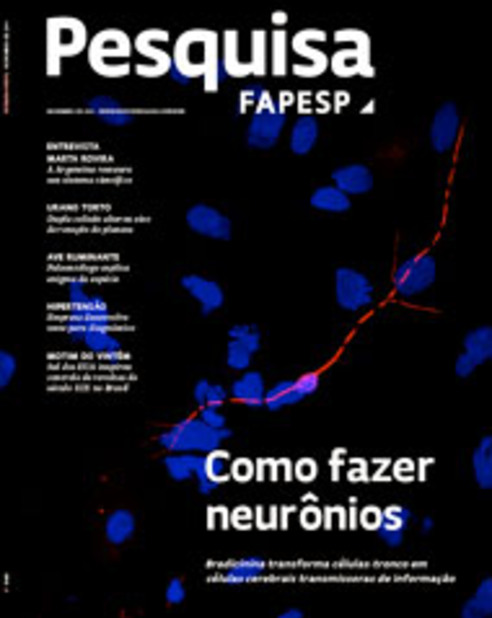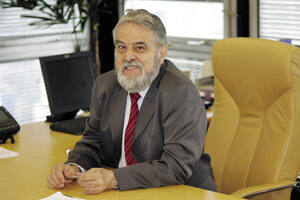Issue # 189 _ November 2011
S&T Policy
Celebration

Partnerships without frontiers
FAPESP Week describes and strengthens the research ties between Brazil and the United States
By Maria GuimarãesHistory of FAPESP VI

Stable weather
From weather forecasting to global warming, FAPESP has invested in climate science
By Fabrício MarquesEngineering education

ITA’s flight
New dean takes over with the task of doubling seats at renowned engineering school
By Fabrício MarquesScience
Ageing

The price of longevity
Increase in life expectancy results in new problems for those who are mentally handicapped
By Carlos FioravantiCELL WALL

The coating of ferns
Plants have different structures from those previously found
By Carlos FioravantiFossils

The hoatzin’s long journey
The origins of the Amazonian bird that only eats leaves and “ruminates” are in Africa
By Marcos PivettaExtreme events

A compass for tsunamis
Changes in the earth’s magnetic field may give warning of the arrival of giant waves
By Igor ZolnerkevicExtreme events

Hurricane watching
Study explains the formation and development of cyclones along the Brazilian coast
By Isis Nóbile DinizInternational Year of Chemistry

Seeking creativity
Education, science, technology and innovation should be seen in an integrated way
By Maria GuimarãesInternational Year of Chemistry

From theory to practice
Two-way streets link research and industry
By Maria GuimarãesSolar system
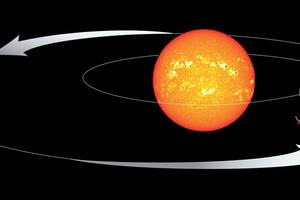
Why Uranus spins sideways
Crashing into two large objects has tilted the rotation axis of the planet by 98°
By Igor ZolnerkevicTechnology
Biofuels

Versatile machine
Less soil compression and access to steep land are innovations in the harvesting of sugarcane
By Dinorah ErenoSteel mills
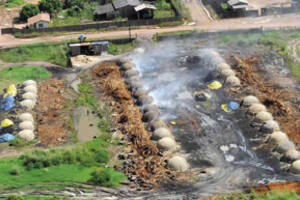
Sustainable charcoal
New system produces raw material cleanly within eucalyptus plantation
By Marcos de OliveiraPest control
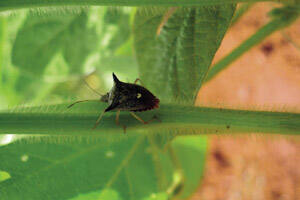
Biological traps
Neotropical brown stinkbug can be monitored with a synthetic pheromone developed by Embrapa
By Dinorah ErenoRecombinant proteins

Health reagents
Company investigates the development of input for scientific research
By Yuri Vasconcelos
